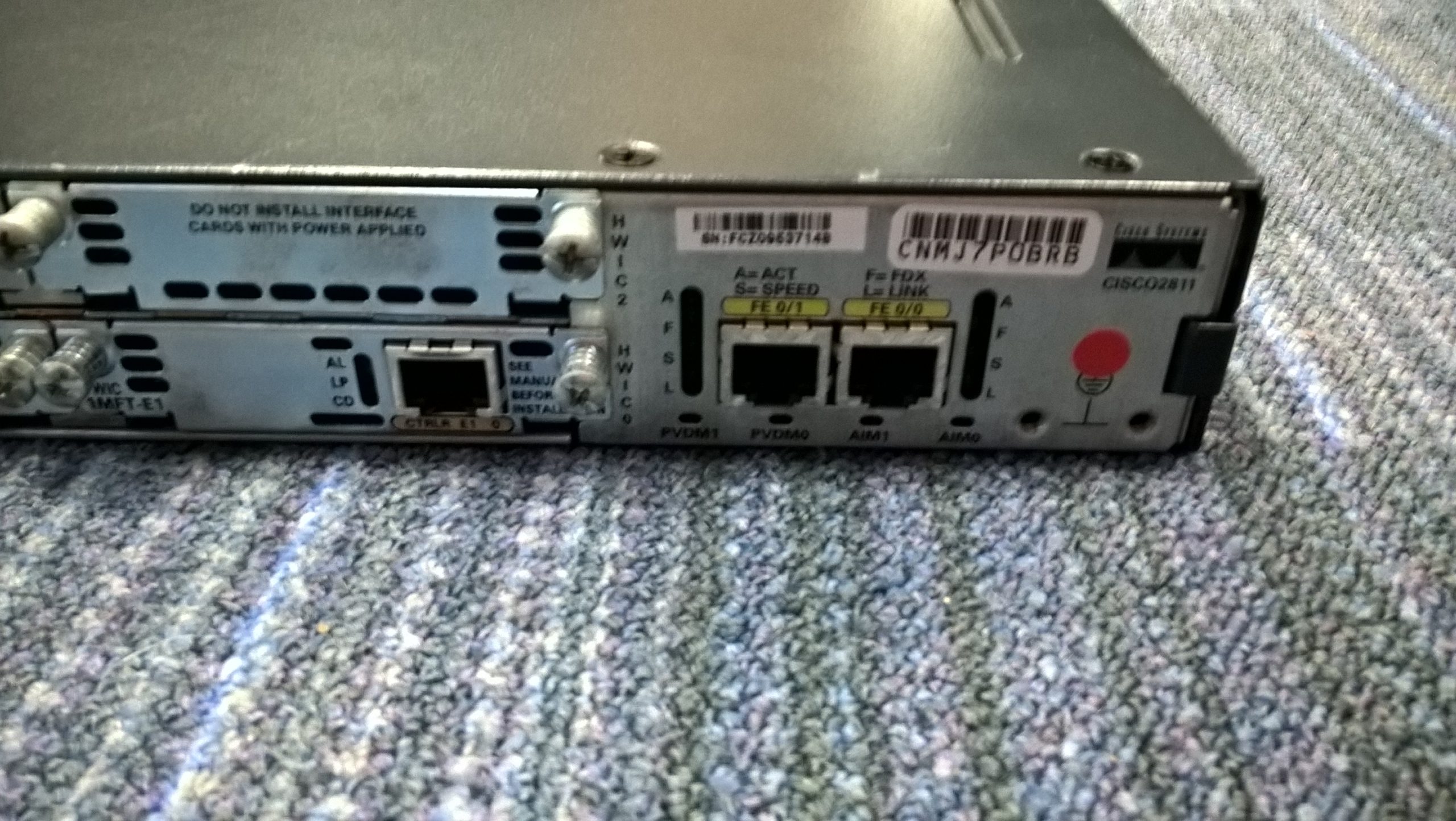Title: AT&T’s Unconventional Payment to a Hacker Raises Eyebrows
In a surprising turn of events, a hacker recently shared a video claiming to demonstrate the deletion of stolen data after receiving a substantial payment from AT&T. The telecom giant reportedly compensated this individual or group with over $300,000, which has raised a multitude of questions within the community.
Is this situation for real? The implications of such a transaction are staggering. It seems perplexing that a video—despite its potential to serve as evidence—could be considered sufficient proof of data removal. One can’t help but wonder: What were AT&T’s motivations behind this decision, and does this act merely pave the way for future breaches?
Reports from WIRED indicate that the hacker provided the footage as verification of their actions, but AT&T has yet to respond to inquiries regarding the matter. This raises further concerns about the efficacy of paying off attackers. Will this incentivize them to target the telecom company again, knowing they have successfully profited from their exploits?
As we delve deeper into this unfolding story, it is essential to consider the broader implications of such cybersecurity breaches. The steps taken by AT&T illuminate the precarious balance that companies must maintain when navigating the complex world of digital security.
For more on this intriguing development, check out the full article from WIRED here.
Feel free to share your thoughts below! What do you think about paying hackers as a strategy for data recovery?
Share this content:




Hello,
Thank you for sharing this thought-provoking post. The situation you described raises important questions about cybersecurity best practices and the risks associated with paying hackers. When dealing with such incidents, it is crucial to prioritize preventive measures alongside incident response:
Regarding the specific case of paying ransoms, many cybersecurity experts advise against it, as it may incentivize future attacks and does not guarantee data recovery. Instead, investing in reliable backups and secure data management can significantly reduce recovery time and costs.
If your organization faces similar issues, consider consulting cybersecurity specialists who can provide tailored strategies to enhance your defenses and recovery plans. Remember, proactive security measures are always preferable to reactive